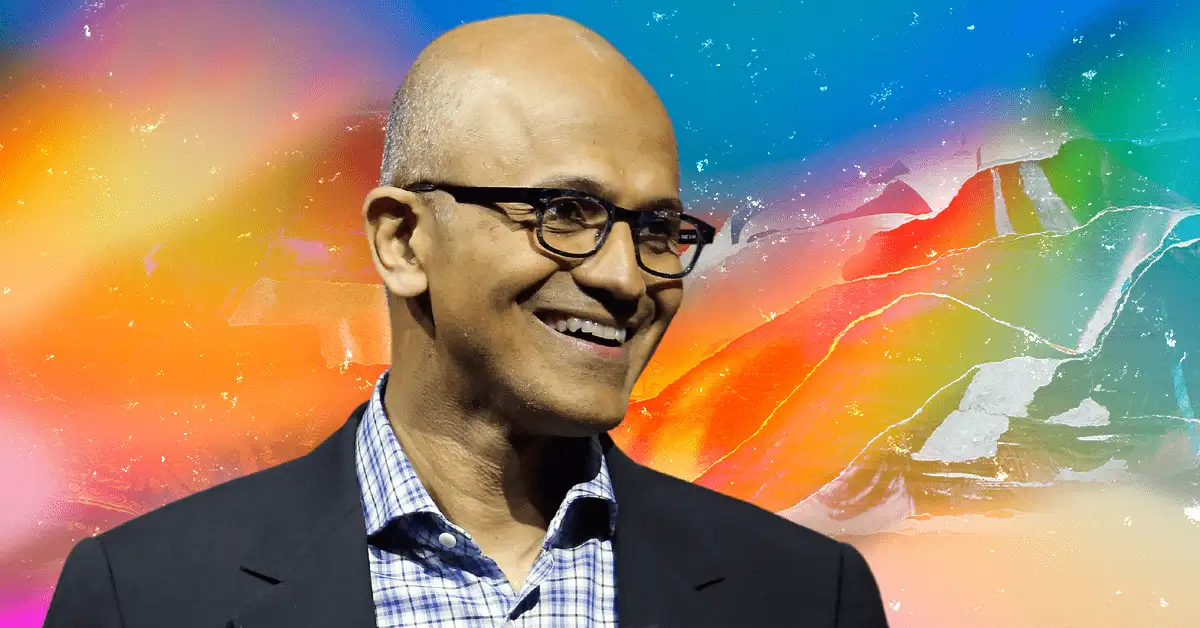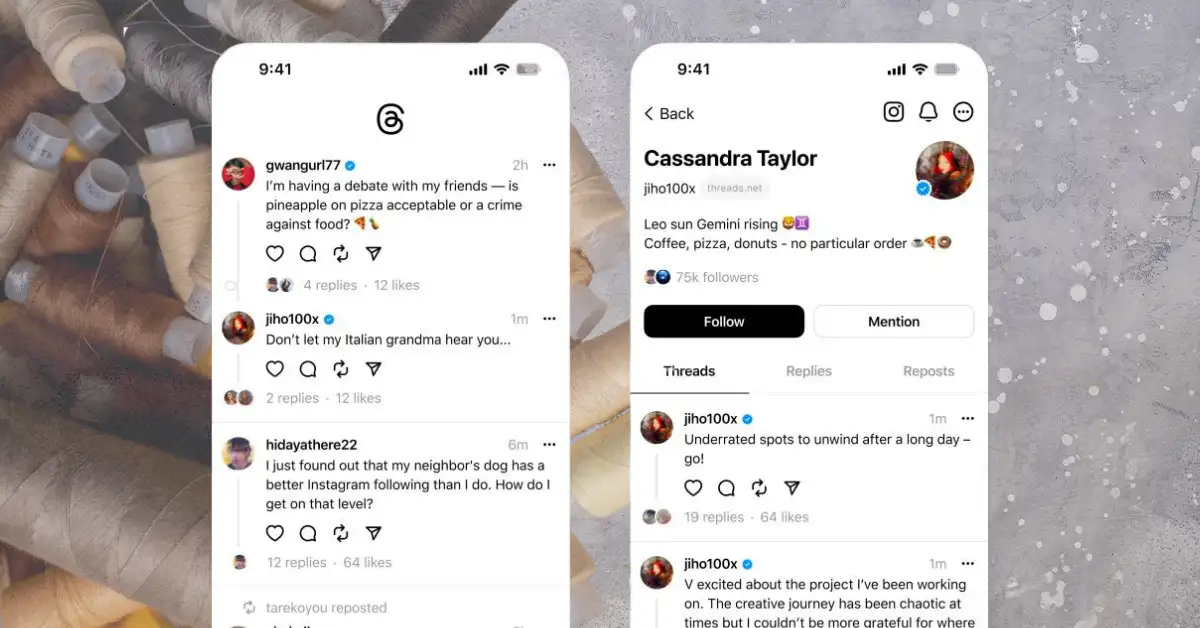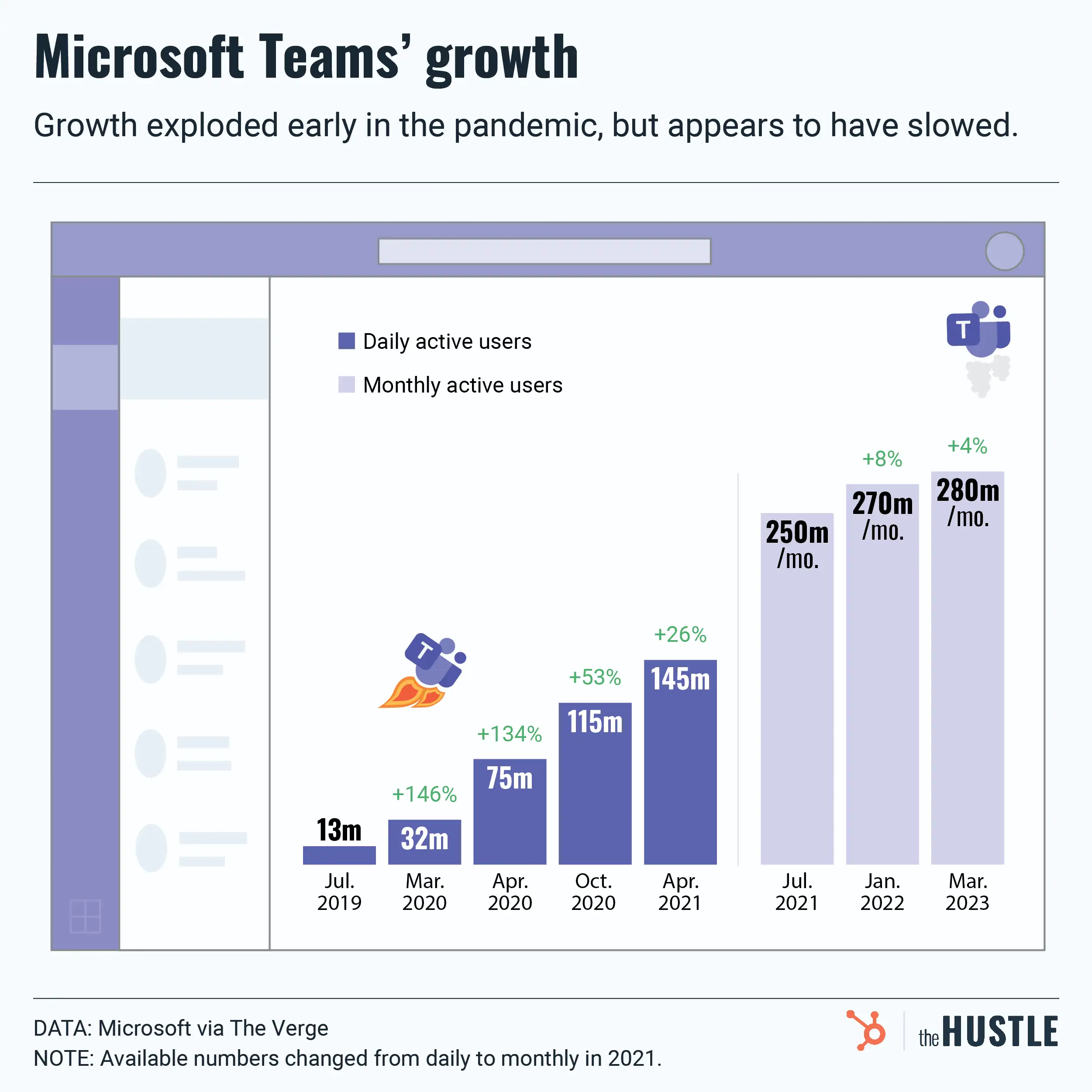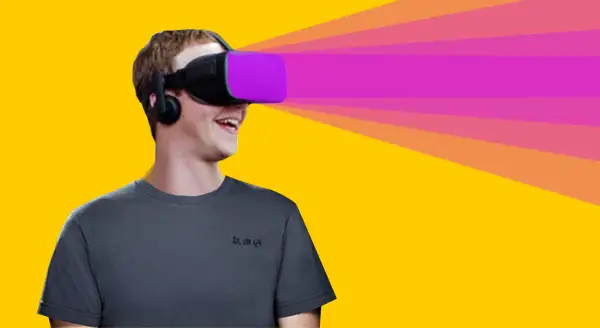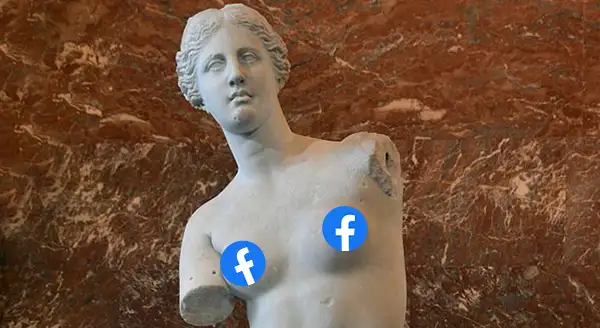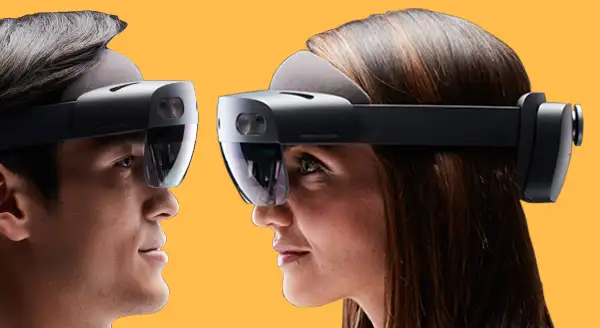On the surface, Microsoft and Meta (AKA Facebook) couldn’t be more different.
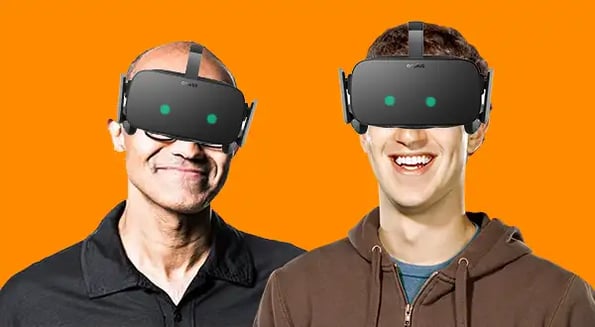
Microsoft’s Office suite is where you go to get work done, Facebook’s social products are where you go to waste time.
But both companies agree on one thing…
… the metaverse is coming
Last week, Facebook rebranded to Meta, and outlined its vision for the budding metaverse.
This week, Microsoft announced its own entry into the metaverse — and its early vision sounds a lot like Meta’s.
Per Casey Newton at Platformer, both companies are all-in on:
- VR headsets: Meta has Oculus Quest, and Microsoft has HoloLens
- Digital avatars: Microsoft Teams is adding 3D avatars and using AI to listen to a user’s voice and animate their avatar, while Zuck revealed Meta’s Codec Avatars that closely mimic users’ appearance (oddly, as Newton pointed out, both companies avatars are legless)
- Virtual workspaces: Both companies revealed virtual whiteboards and other collaborative settings that position the metaverse as a place to get work done
Each company has distinct advantages to fulfilling its metaverse dreams
Meta has 3 “virtual worlds” with 1B+ users (i.e., Facebook, Instagram, WhatsApp), and has proven demand for its hardware — having sold ~4m Oculus Quest 2 headsets in the US alone.
Microsoft has 1B+ Office users worldwide, and years of experience in virtual world-building through its Xbox business unit.
But both companies face unique challenges as well
Meta is trying to distance itself from its social platforms, which have put the company under intense scrutiny in light of The Facebook Papers.
Microsoft’s headset isn’t exactly positioned for mainstream adoption yet, given its steep price point (the HoloLens 2 starts at $3.5k).
Of course, the metaverse is not supposed to be “owned” by anyone, so Microsoft and Meta will likely be 2 players in a much bigger game — that we hope will eventually include legs.



